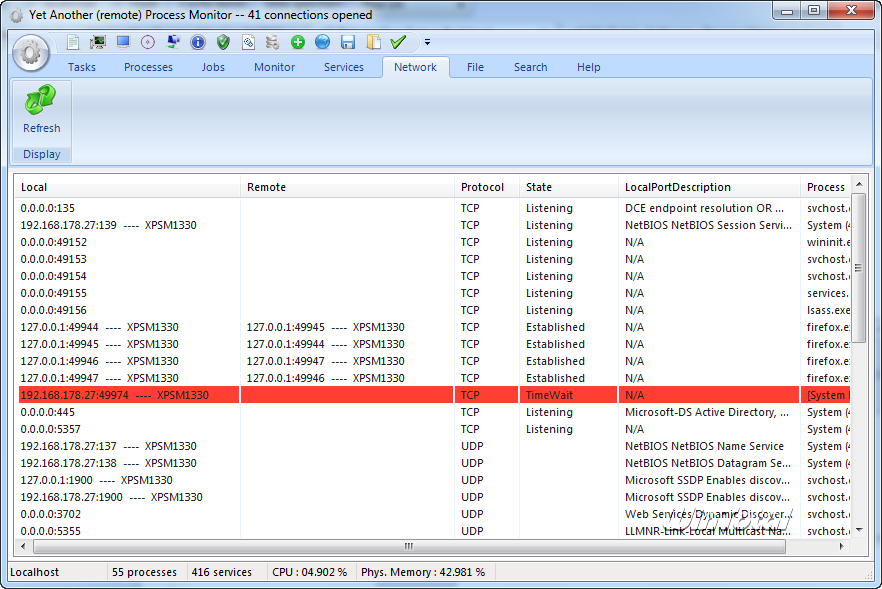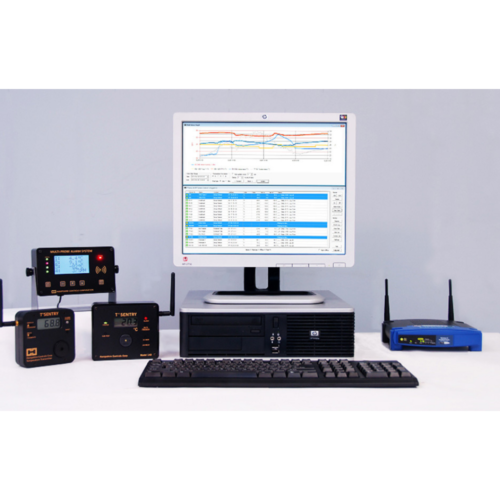

Especially when the internal technical know-how is rather limited, remote monitoring from a qualified partner helps. The burden of checking the company’s own hardware and software is also shared among several shoulders, and the external service provider acts as a control authority. Remote monitoring eliminates the need to find an appointment, eliminates costs and time spent traveling to the site, and means that especially minor problems can be fixed immediately. In addition, the necessary assistance is provided without loss of time. This both improves performance and reduces costs. By running the command tasklist /s hostname where hostname is the remote computer you want to query, it will return a list of processes on the remote machine and some basic details about each process (PID, session number, memory usage, etc.). Since Windows XP there is a built-in command line utility named tasklist. This provider permanently monitors the relevant system or the selected devices and thus not only prevents or corrects errors, but can also ensure more efficient use. Without interactively connecting to a remote Windows computer you can easily query its current list of processes with a variety of tools.

With a good managed services provider, the opposite is true. However, this would be insignificant if support were to suffer as a result of this outsourcing. Outsourcing to an external service provider therefore effectively saves them money. Especially for smaller companies, it is often not worthwhile having a complete IT department. You use Start-Process to start psexec on :45, but you just call psexec directly on :50 which is a bit inconsistent.The first major advantage of remote monitoring is clearly seen when it comes to the cost. To start the monitoring process, type the following command, and then press ENTER: monitor remotecomputer start To stop the monitoring process, type the following command, and then press ENTER: monitor remotecomputer stop After you stop the monitoring process, you can view the log file in Performance Monitor.

Use the Windows key + R keyboard shortcut to open the Run command, type perfmon, and click OK to open. The user could be waiting 10 minutes for their capture results, when it didn't even start Open Start, do a search for Performance Monitor, and click the result. There's no checking to see if psexec worked or failed, no capturing or informing of any issues there. Incidentally, you could just do Where-Object instead Action1 displays a list of running Windows programs, including background programs, at several endpoints at the same time. This is a logic error - if your C drive has 100mb free, and your D drive has 1tb free, the test will pass. Also, try free cloud-based utility Action1 instead of checking running processes from the Windows command line (for example, tasklist). This is exactly how the Windows Task manager would. You're checking for available disk space on all drives, not just the C drive where you've hard-coded the log file to go. Use the Windows built-in tasklist.exe to view all processes on a remote Windows computer on a network. Nice work, but some observations if you don't mind:


 0 kommentar(er)
0 kommentar(er)
